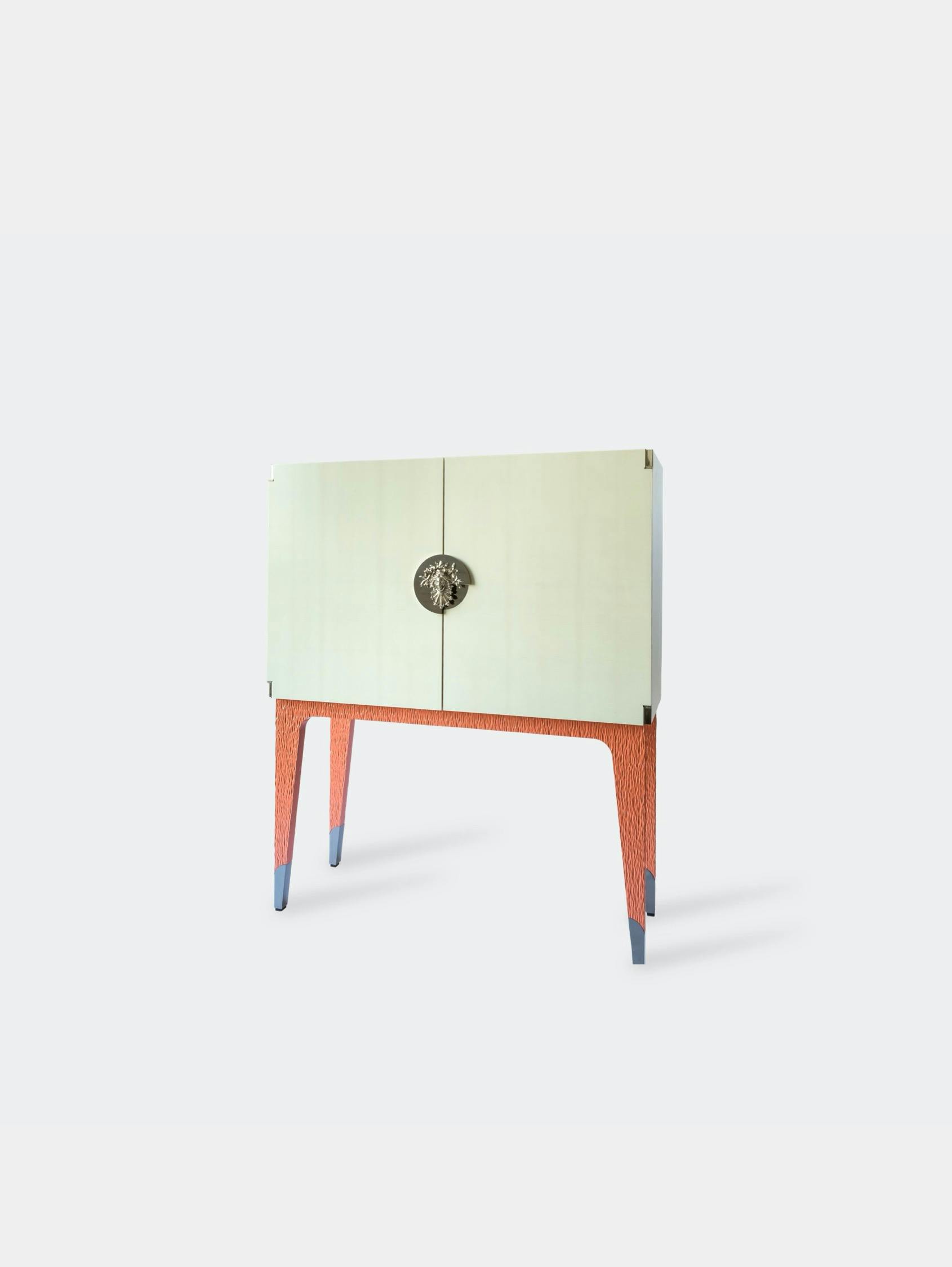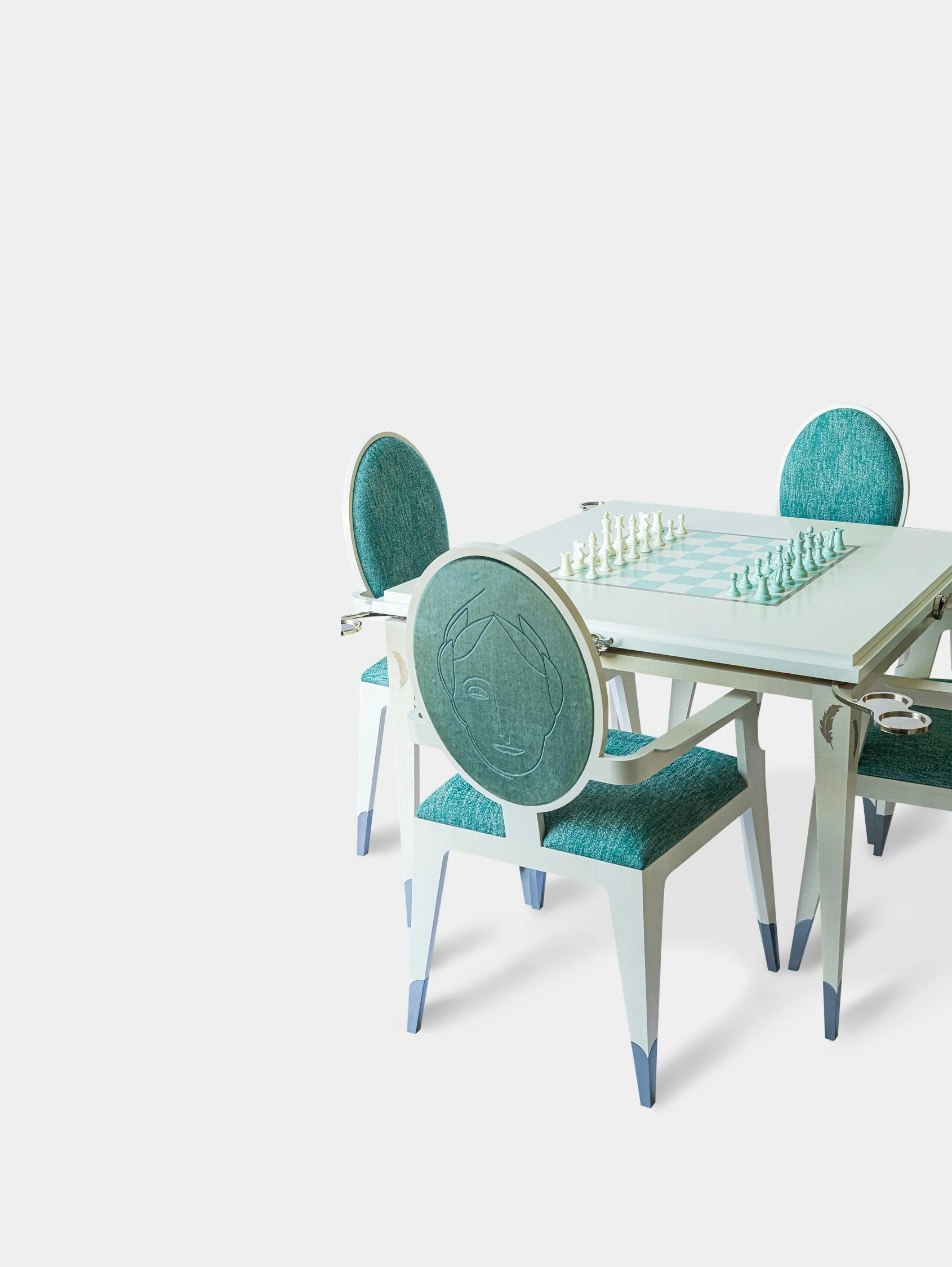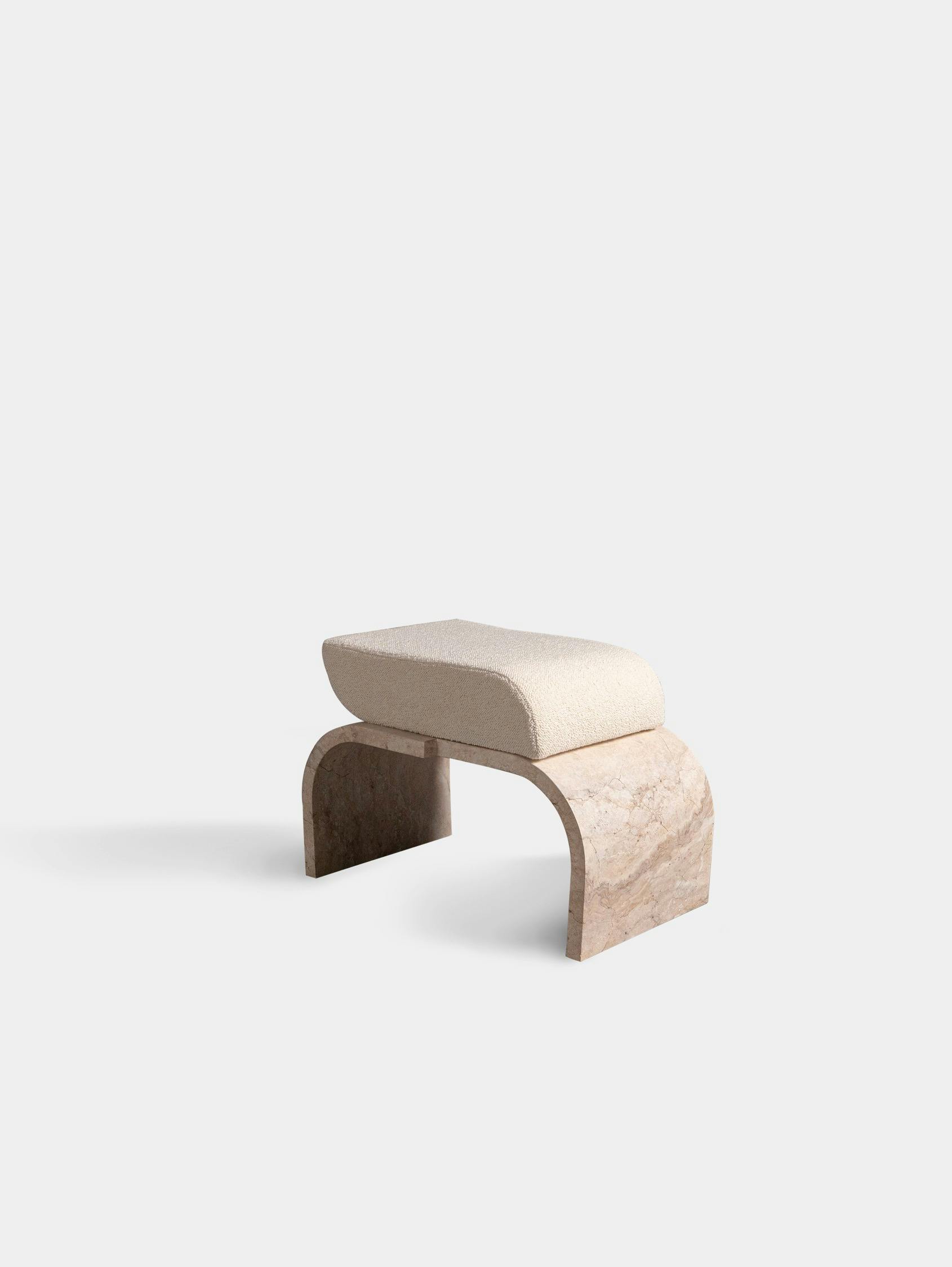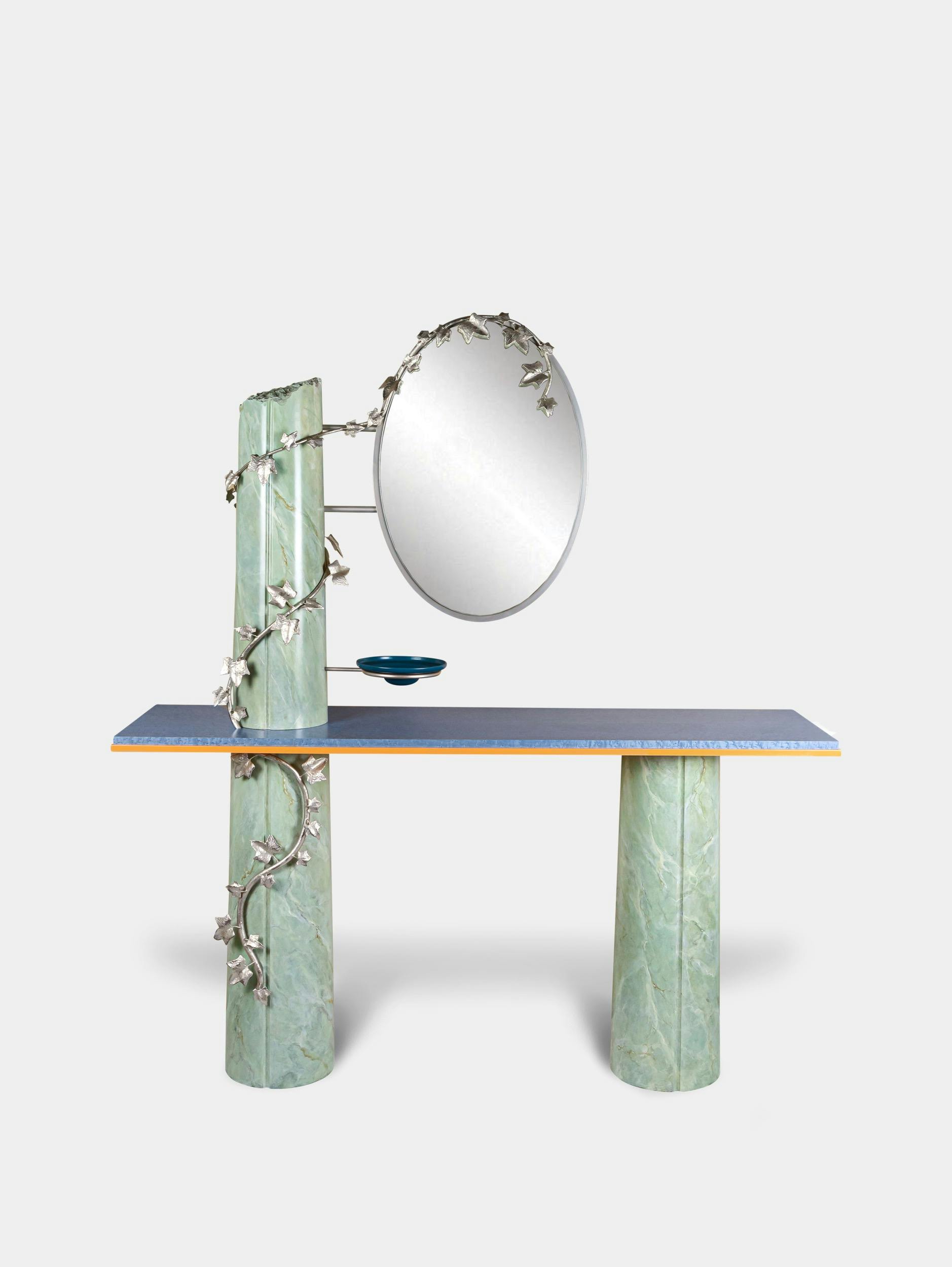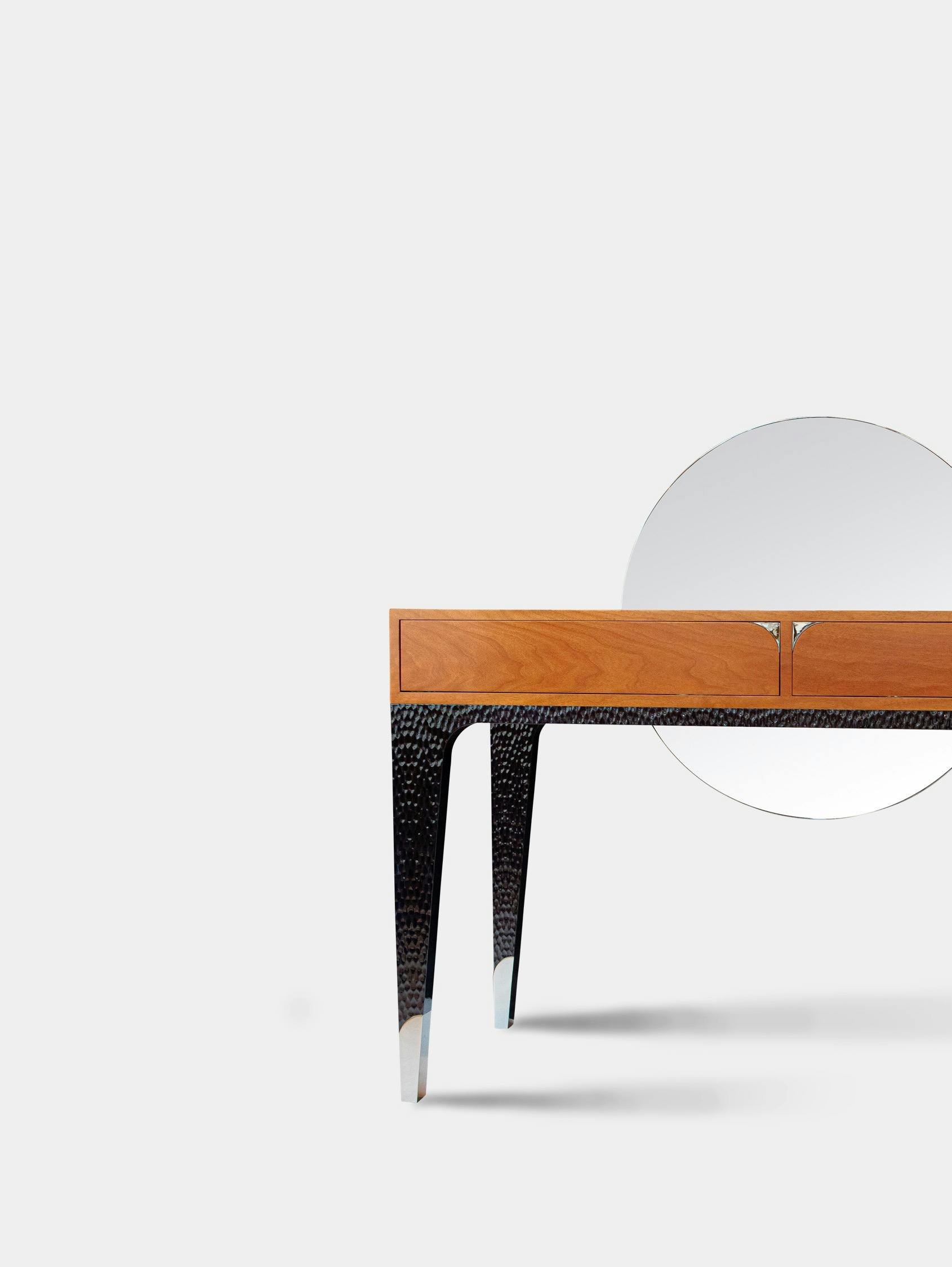Decorative Painting
Decorative painting is a technique that involves using paint to create patterns, textures, and decorative effects on walls, furniture, and other decorative objects. It has been practiced for centuries in cultures across the globe to beautify interiors. There are many decorative painting techniques that can imitate marble, wood, or even patina.
This art dates back to ancient times: Sophisticated murals were discovered in the ruins of Pompeii from the first century A.D. In the Middle Ages, the walls of churches and cathedrals were decorated with religious paintings. The colors are vivid and the scenes often complex. These popular frescoes were often painted directly onto the walls using pigments mixed with water. During the Renaissance, decorative painting became more refined. Artists began using perspective techniques to create the illusion of depth and dimension, and later decorated nobles’ palaces and homes. Over the centuries, decorative painting continued to evolve, keeping pace with artistic movements and trends.
Today, it is still a sought-after technique in interior decoration projects, as it means one can fully personalize a space and make it unique. At Rinck, our painters are able to produce contemporary visuals as well as imitations of period paintings. They are superbly skilled at creating a wide variety of styles, patterns, and textures and have mastered applications in contemporary furniture creations, as well.





















